Astrophotography
What is astrophotography?
Curious about astrophotography? You're in the right place. Click on the following menu options to get an idea of what it means to test your camera under the sky, and how far this journey will lead you in the world of the cosmos as well as in photography.
- What is astrophotography?
- Genres of astrophotography
- What equipment can be used to take astrophotos?
- Is astrophotography science or art?
- Astrophotography in the light of other photographic genres
- The five keystones of astrophotography
- How can I master astrophotography?
The definition of astrophotography
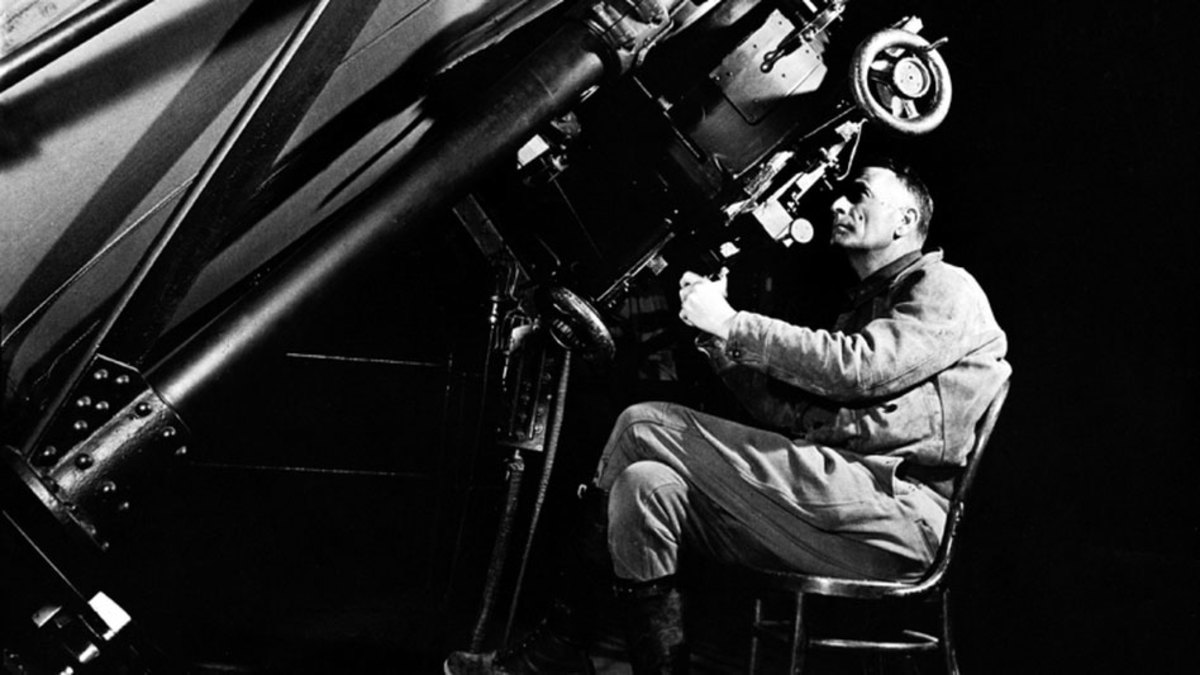 Astrophotography is one of the oldest yet one of the youngest independent photographic genres. It is nothing more essentially, than the use of photography for astronomical purposes, therefore capturing an astronomical phenomenon can be classified as astrophotography. In this form, astrophotography is almost the same age as photography, but until the beginning of the 21st century, only professional astronomers had the distinct privilege to capture the starry sky, as only they had the effective technology to take spectecular images of distant celestial bodies, nebulae and galaxies. Fortunately, over the past decade, astronomers ’monopoly on astrophotography was pushed back, the genre of astrophotography was reborn, and became available to many people.
Astrophotography is one of the oldest yet one of the youngest independent photographic genres. It is nothing more essentially, than the use of photography for astronomical purposes, therefore capturing an astronomical phenomenon can be classified as astrophotography. In this form, astrophotography is almost the same age as photography, but until the beginning of the 21st century, only professional astronomers had the distinct privilege to capture the starry sky, as only they had the effective technology to take spectecular images of distant celestial bodies, nebulae and galaxies. Fortunately, over the past decade, astronomers ’monopoly on astrophotography was pushed back, the genre of astrophotography was reborn, and became available to many people.
Genres of astrophotography
Most likely there is no other hobby or creative activity in which we can get so close to the cosmic world surrounding us than in astrophotography. There is not just one method but a large variety of genres available to satisfy our desire to create.
Landscape astrophotography
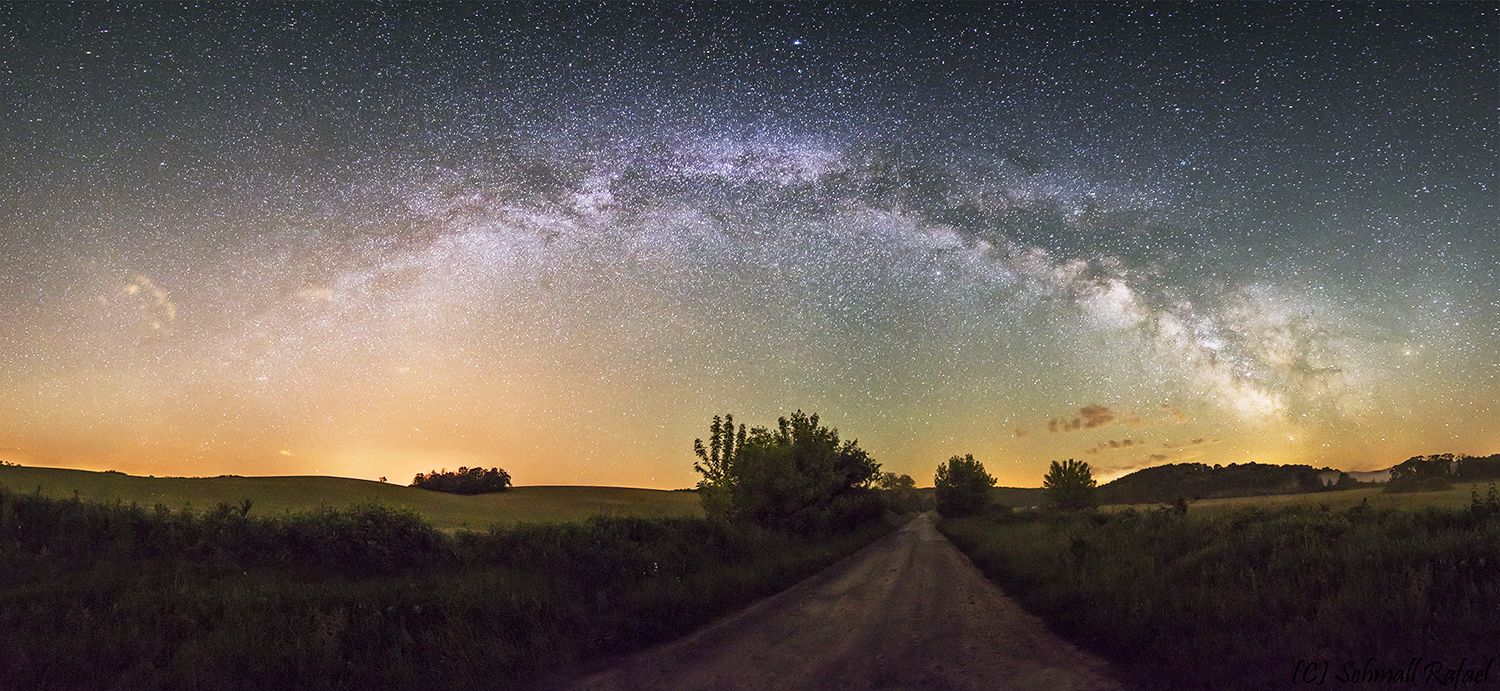 The most evident and most easily accessible category in this spectrum is the world of landscape astrophotography, which portrays the landscape and the night sky together. In this case the night world visible to the naked eye is captured in a way that the starry sky also plays a role in the shot. This category probably stands the closest to nature photography, it also includes images depicting conjunctions, the Milky Way or the polar light but solargraph photography with extremely long exposures classifies in this category as well.
The most evident and most easily accessible category in this spectrum is the world of landscape astrophotography, which portrays the landscape and the night sky together. In this case the night world visible to the naked eye is captured in a way that the starry sky also plays a role in the shot. This category probably stands the closest to nature photography, it also includes images depicting conjunctions, the Milky Way or the polar light but solargraph photography with extremely long exposures classifies in this category as well.
Tracked wide field astrophotography
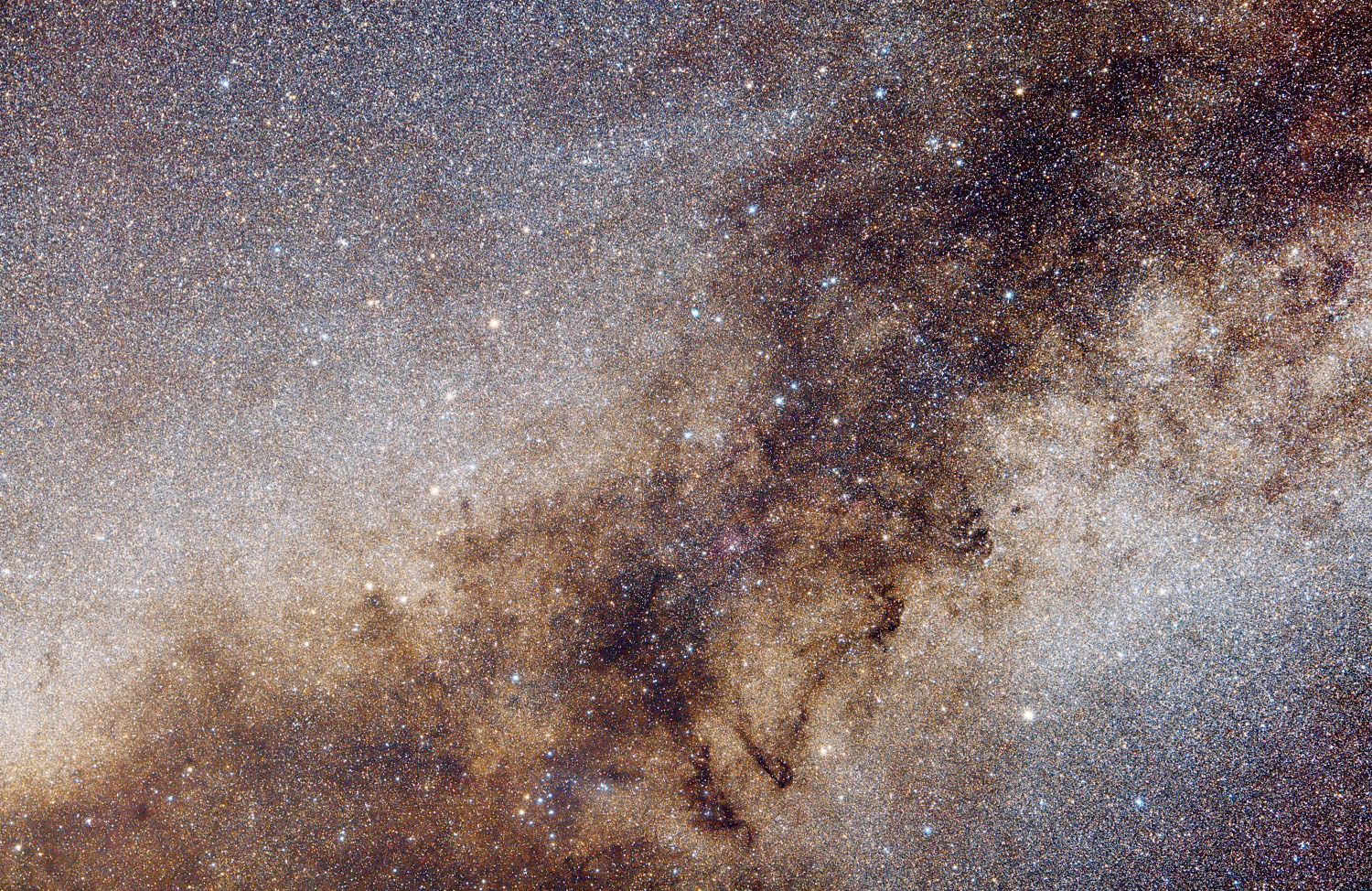 By putting our camera onto an equatorial mount that tracks the movement of the sky we can capture long exposure shots of the night sky. In these photos objects and phenomena invisible to the naked eye can appear, from the tails of comets to star clusters and the dust clouds of the Milky Way.
By putting our camera onto an equatorial mount that tracks the movement of the sky we can capture long exposure shots of the night sky. In these photos objects and phenomena invisible to the naked eye can appear, from the tails of comets to star clusters and the dust clouds of the Milky Way.
Solar System
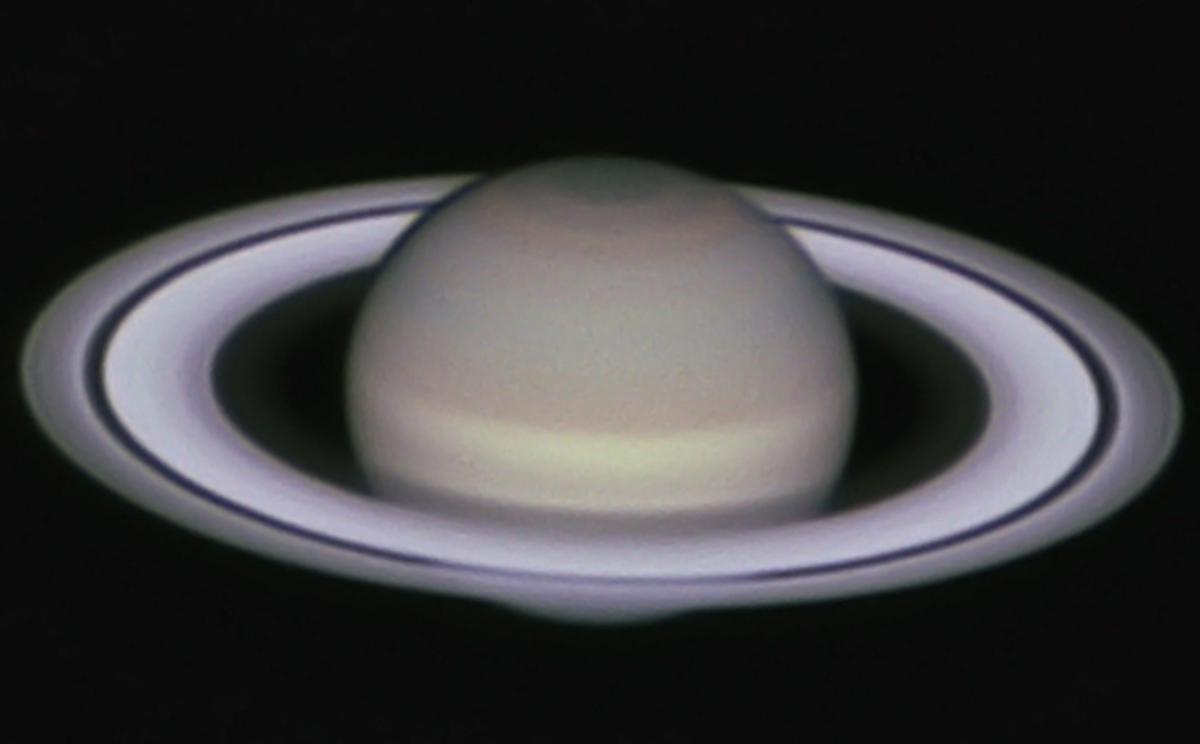 Capturing the objects of the Solar System is an immensely different category from the previous ones as it requires completely different technology and serious preparation. The use of a telescope and a dedicated astronomy camera is unavoidable. This category heavily depends on equipment and technology, the more precise equipment , the bigger advantage. However photographing the objects of the Solar System is a grateful task, the craters of the Moon, the sunspots, the constant change of the clouds of Jupiter and the rings of Saturn can provide you with experiences for your entire life.
Capturing the objects of the Solar System is an immensely different category from the previous ones as it requires completely different technology and serious preparation. The use of a telescope and a dedicated astronomy camera is unavoidable. This category heavily depends on equipment and technology, the more precise equipment , the bigger advantage. However photographing the objects of the Solar System is a grateful task, the craters of the Moon, the sunspots, the constant change of the clouds of Jupiter and the rings of Saturn can provide you with experiences for your entire life.
Nebulae and galaxies
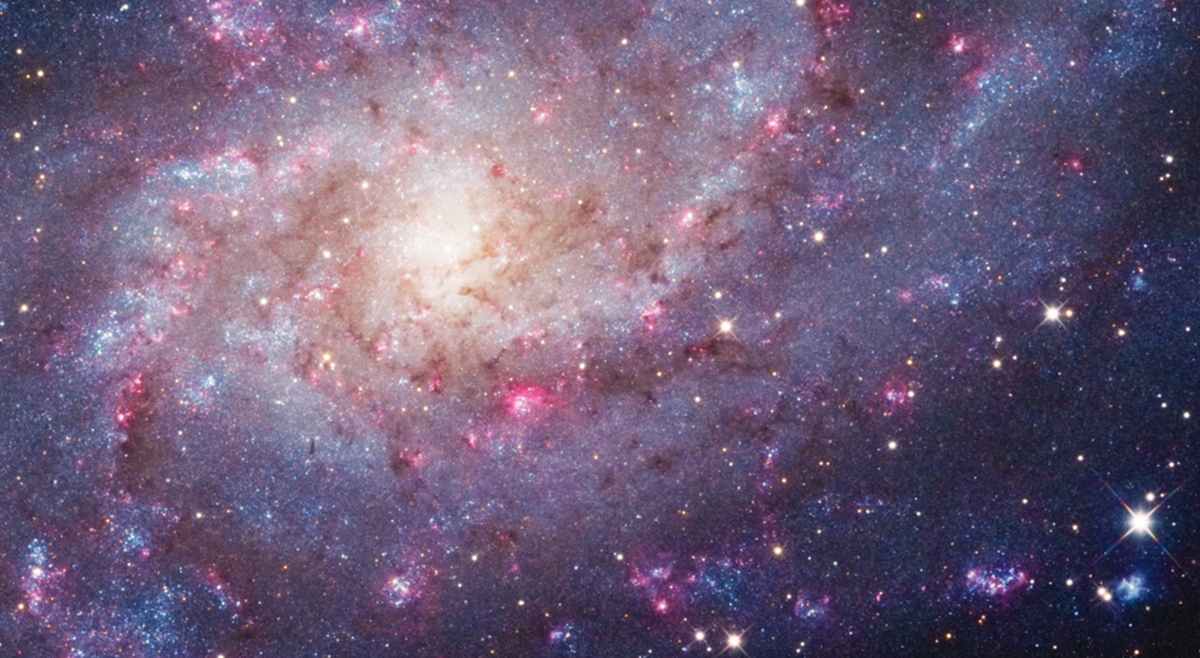 By mounting our camera onto a good quality telephoto lens or onto a wide aperture field corrected astronomical telescope and using long exposure times combined with proper image processing algorithms we can observe targets reserved for space telescopes. We can capture nebulae and galaxies in the depths of space, star clouds and dark nebulae of the Milky Way and other galaxies or distant star-forming regions as well. This is deep-sky astrophotography – the most astounding and farthest-leading category of all.
By mounting our camera onto a good quality telephoto lens or onto a wide aperture field corrected astronomical telescope and using long exposure times combined with proper image processing algorithms we can observe targets reserved for space telescopes. We can capture nebulae and galaxies in the depths of space, star clouds and dark nebulae of the Milky Way and other galaxies or distant star-forming regions as well. This is deep-sky astrophotography – the most astounding and farthest-leading category of all.
Astrometry
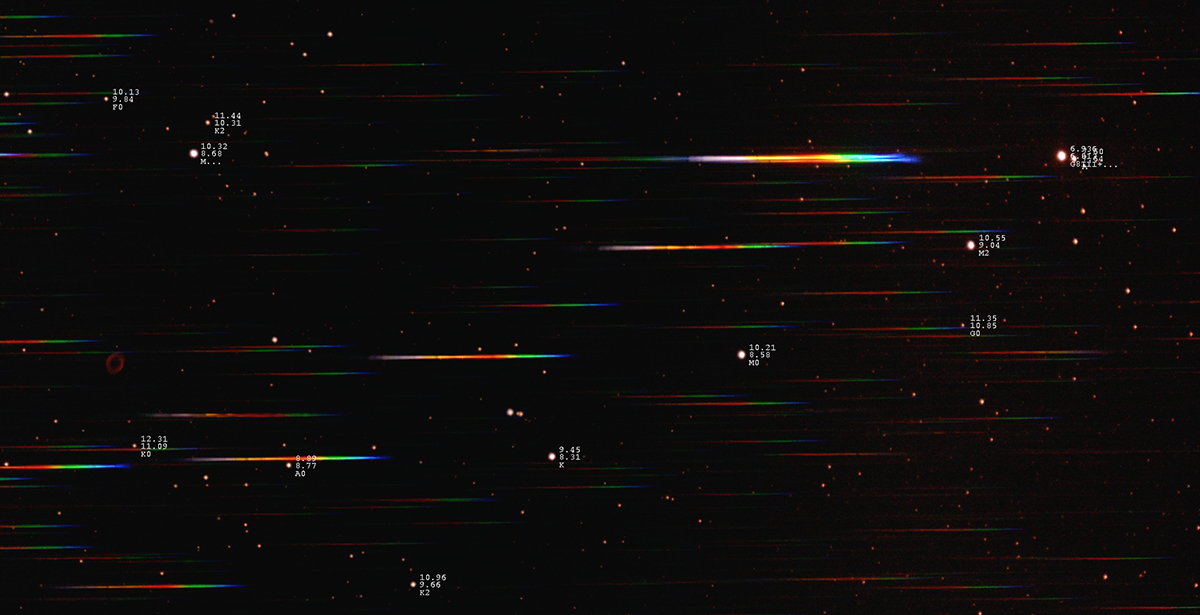 Pursuing astrophotography on a scientific level requires advanced astronomical knowledge and special equipment. In possession of these we can not only depict the universe but also gather information about its astrophysical characteristics. With a spectroscope the spectrum of bright objects can be measured, with special filters worlds invisible to our eyes can be explored. With especially long exposures we can also capture the subtle changes of the imagined-to-be-constant cosmos.
Pursuing astrophotography on a scientific level requires advanced astronomical knowledge and special equipment. In possession of these we can not only depict the universe but also gather information about its astrophysical characteristics. With a spectroscope the spectrum of bright objects can be measured, with special filters worlds invisible to our eyes can be explored. With especially long exposures we can also capture the subtle changes of the imagined-to-be-constant cosmos.
Gear
Just like any other hobby, astrophotography is resource intensive, and as it is about image taking, the financials required are comparable to photography. It would however be a mistake to assume that astonishing results are completely out of reach by investing just a little. With endurance and proper image post processing skills you can achieve very good results in the fields of astro landscape, wide field / Milky Way or telephoto / deep space photography even with entry level gear. As technology is just a single factor in the process there are many other areas where creative approach, the personal way of “seeing” can be expressed. Of course professional work requires professional equipment. In order to create high resolution astronomy images large, good quality optics, astronomy-grade telescopes, high sensitivity/low noise imaging devices, knowledge, experience and adequate financial funding are inevitable. On the other hand just like any other creative activity, astrophotography is like Ogres - multi layered, allowing for a gradual approach. A simple manually controlled gear can give you as much fun and experience as using a professional observatory telescope.
Science or Art?
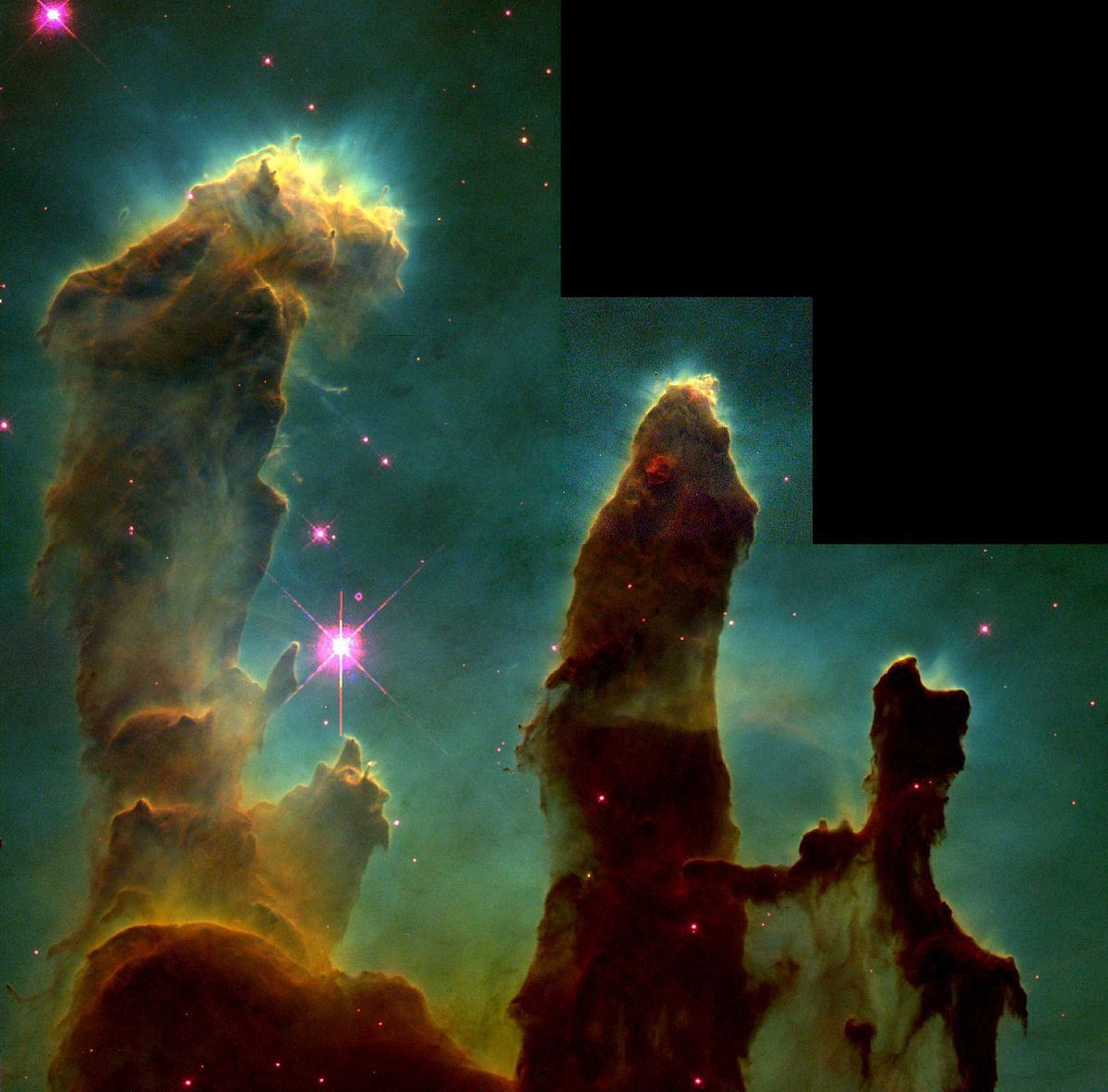 Imaging astronomy used by astronomers is a purely scientific activity in all its flavours. This approach primarily serves scientific goals and normally ignores aesthetic aspects that could be appreciated by a wider, visually focused audience. Only at the end of the 90s did NASA put effort into spawning a group of enthusiasts including art photographers and painters along with scientists who by using data of its most famous Space instrument, the HST developed pictures visualizing the secrets of our Universe for everybody. Of course this has been done in a way that preserves authenticity and is backed by proper maths and repeatable algorithms. The goal of today’s astrophotography – according to the author’s belief – is to provide a way to visualize objects and processes in our Universe for a wide audience while creating aesthetic value and still maintaining authenticity. Although astrophotography, while requiring high level technological and basic astronomical knowledge may lead to scientific discoveries, its practice by both professionals and amateurs aims to give visual experience and to bring the objects and the wonders of the Universe closer to everyday people. In this process both the astronomy equipment and the artistic view of the photographer play a key role.
Imaging astronomy used by astronomers is a purely scientific activity in all its flavours. This approach primarily serves scientific goals and normally ignores aesthetic aspects that could be appreciated by a wider, visually focused audience. Only at the end of the 90s did NASA put effort into spawning a group of enthusiasts including art photographers and painters along with scientists who by using data of its most famous Space instrument, the HST developed pictures visualizing the secrets of our Universe for everybody. Of course this has been done in a way that preserves authenticity and is backed by proper maths and repeatable algorithms. The goal of today’s astrophotography – according to the author’s belief – is to provide a way to visualize objects and processes in our Universe for a wide audience while creating aesthetic value and still maintaining authenticity. Although astrophotography, while requiring high level technological and basic astronomical knowledge may lead to scientific discoveries, its practice by both professionals and amateurs aims to give visual experience and to bring the objects and the wonders of the Universe closer to everyday people. In this process both the astronomy equipment and the artistic view of the photographer play a key role.
Astrophotography in the light of other photographic genres
Astrophotography is a descriptive, documentary branch of photography where the author leaves emotions out of the process and focuses on authenticity using subject matters related to our Universe. An astrophoto never includes artificial image features or data added by the author. It always endeavors to objectively render reality. In this respect it is closely related to press or nature photography. However, it significantly differs in many aspects from traditional fields of photography. Capturing the night sky mandates in many cases different mental preparation and technology expertise. The field has its own unique professional ethics and set of principles. The key aspects setting astrophotography aside from other branches of photography can be summarized in five basic factors, which also serve as the five founding pillars or “keystones”.
Five keystones of astrophotography
1, Coordinate system
While taking astrophotos we need to use celestial coordinate systems which are very different from the ones used for Terrestrial purposes, and are in a permanent movement relative to us. We need to account for this movement and in some cases need to track it with extremely high precision.
2, Cosmic light and time
The light of the phenomena of the night sky not only conveys the forms and the illumination but also atmosphere and artistic concept. In astrophotography the light of the distant objects carries information about their astrophysical properties. While this light carries additional information, in human scale the cosmic time seems frozen, almost non-existent. Because of that in most astrophotos the "moment" does not matter in the photographic sense of the word. To be able to authentically show these phenomena in photographs, one must be aware of the astrophysics governing the celestial objects.
3, Equipment and performance
In many cases we use our instruments at the verge of their performance, so we must be familiar with their true capabilities. We might need to step in for better results - to be able to do this, we need much deeper and more comprehensive knowledge of our instruments than usually required for other types of photography.
4, Data management
As in most cases we capture phenomena which cannot be seen with the naked eye, or not even visible in a single raw photograph, the usual built-in image processing software of a camera or computer program cannot process astrophotos on its own. We must be aware of the physical background of both the recorded signal - the light of the distant celestial objects in this case - and the noise of the data capture process; the appropriate image processing techniques have to be selected and applied by the photographer in accordance with his/her astronomical knowledge. The raw pictures have to be calibrated first to remove the known aberrations (e.g. vignetting). Taking an astrophoto is merely a click in the rarest cases - instead it is created by processing one or more image series.
5, Competence of the author
Given that the distant objects and phenomena of the Cosmos are not tangible to most people, our knowledge is needed in order to understand the photographed subject deep enough that it could be authentically represented to everyone using the language of photography.
How can I master astrophotography?
Because of the previously mentioned five keystones, astrophotography cannot be mastered in a short period of time, it is rather the constant learning and development that awaits the photographer. The initial success requires 1-2 years of preparation. Joining a community and working together with experienced astrophotographers makes the progress much faster. Namely astrophotography is both individual creative work and a communal activity. The key to the success of astrophotography lies in the close cooperation of the members in the community.
